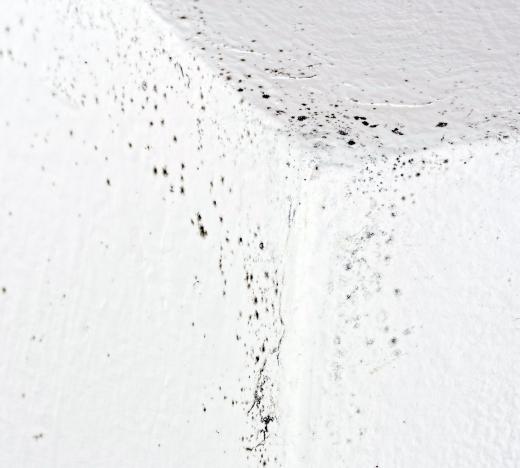Marble cladding is a facing material for structures made from thin marble panels. Marble can be a costly cladding material due to the fact that processing this stone can be difficult, and it may be used in a variety of settings. Cladding made from marble can be overlaid over many different building materials, and it is possible to retrofit a building to add marble cladding, or to remove it, as the case may be.
Marble is a metamorphic rock which has been prized for centuries as a material for use in construction and art. It famously takes a polish very well, and can vary in color depending on impurities present in the rock. Marble also glitters as a result of crystallization which has occurred in the rock, and it can be marked with swirls and streaks of color which make it visually interesting.

To make marble cladding, thin sheets of marble are cut and polished. The sheets are bolted to a building, with some companies using specialized glues to ensure that the panels stay in place. A building with a marble facade may use different shades of marble to create a pattern or to add a more dynamic appearance to the building. Like other types of cladding, marble acts as the first defense against the elements, keeping rain, dirt, and wind from penetrating a building.
There are some problems with marble cladding. Marble can be very brittle, and it may crack or split when it is installed or during an earthquake, when the building is subjected to stress. The cladding can also warp, and documented durability issues have been noted in many regions of the world. In addition, like other types of stone cladding, marble can act to trap moisture inside the framing of a building, which can contribute to mold, mildew, and structural problems over time.
Companies which specialize in cladding installation should be used to fit a building with marble cladding. Ideally, they should have experience with marble, as this rock can be temperamental and experienced cladding companies can fit it more quickly and more safely. Conversely, if people need to remove the cladding, they should consult experts to remove the panels with a minimum of damage, whether they are being reinstalled later or permanently removed.
In addition to flat, polished panels, builders can also install carved panels or panels with a matte finish, depending on the look and feel desired. Carved marble cladding appears in various forms of classical architecture, when ornamentation of buildings was very highly prized.
Ever since she began contributing to the site several years ago, Mary has embraced the exciting challenge of being a About Mechanics researcher and writer. Mary has a liberal arts degree from Goddard College and spends her free time reading, cooking, and exploring the great outdoors.

